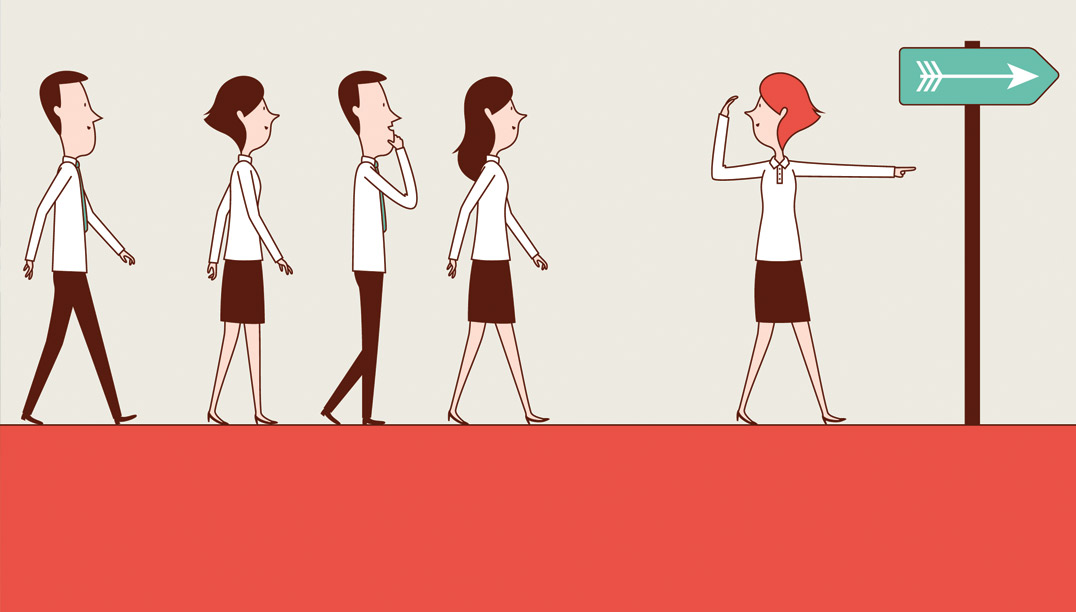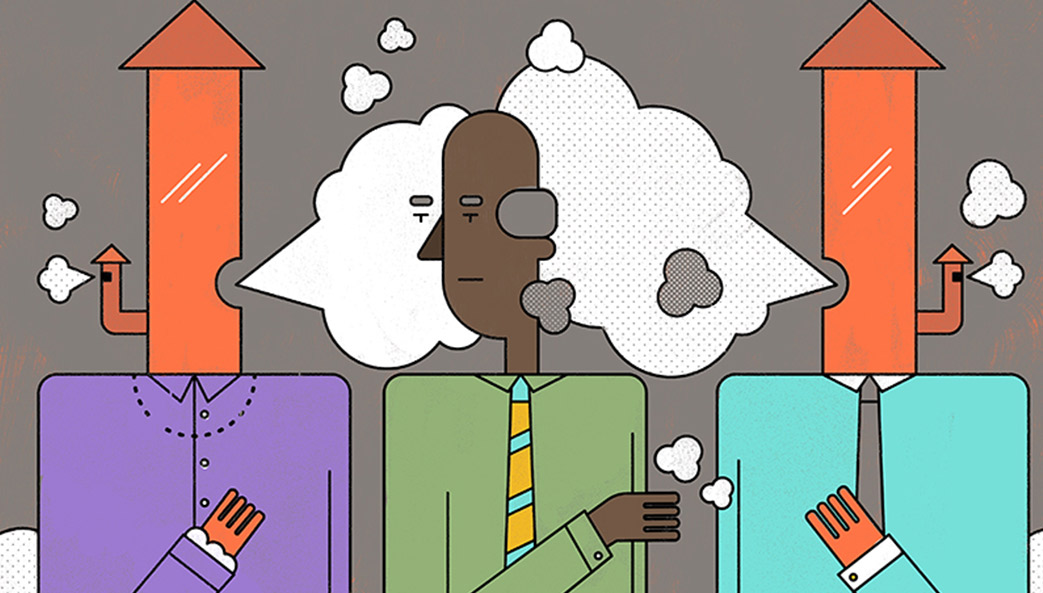Society’s interest in company chief executive officers (CEOs) has soared in recent years, with the likes of Mark Zuckerberg and Jeff Bezos becoming household names. But do corporate top dogs deserve all that attention?
They do indeed, according to Tim Quigley, an assistant professor of management in the Terry College of Business, who has created ways to measure what he calls “the CEO effect”—or the percentage of a firm’s profits that come from top-level decisions. “We can place the CEO effect at about 25 percent today, which means that the chief executive typically accounts for a fourth of the firm’s overall profit,” Quigley said. “In the 1950s and ’60s, by contrast, it was a lot less—about 6 to 8 percent.”
What accounted for the jump? “For me there are two main drivers,” said Quigley. “The first is that CEOs have more levers and buttons to play with than they did 50 or 60 years ago. In the 1950s, a CEO couldn’t even imagine, for example, outsourcing the firm’s customer-service function to India.
“The other big driver is the incentive to act. The compensation packages and tax structures today embolden CEOs to make lots of telling choices. Fifty years ago, it was okay for CEOs to ride the momentum; they could get away with it. But today the status quo, even with good performance, just isn’t an option. Shareholders, the board, the media ask the CEO, ‘What have you done for me lately?’ If you returned 6.5 percent ROA last year, we want 7 percent this year. If the company made $1 billion in revenue before, we want $1.2 billion now.”
Importantly, a larger CEO effect does not mean a higher-performing CEO, Quigley said. Just because the CEO effect may now be larger does not mean that the average firm is faring better, only that more of both the positive and negative outcomes are attributable to chief executives.






